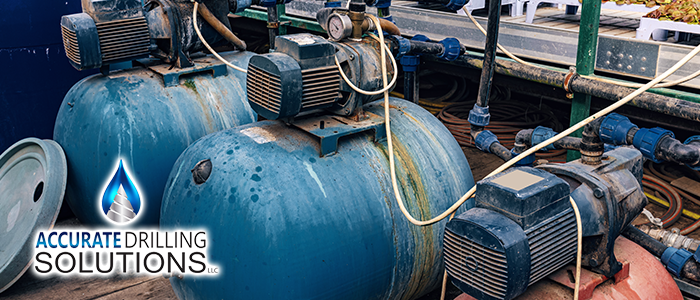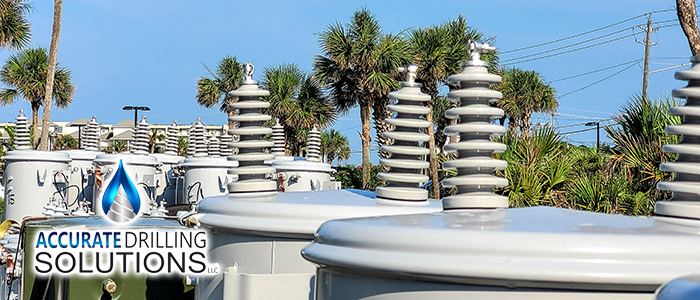
One of the main focuses for any and all homeowners is the safety of themselves and their families. Which is a completely understandable impulse, but how can homeowners actually protect an entire water supply? The truth is that nobody can. However, there are precautions that homeowners and well owners can take in order to ensure that safety. This week, we are enumerating safety tips for well owners. Read on to learn the best safety tips to protect the water supply, and by extension, your family.
Test Your Water
Well owners need to test their water regularly; experts suggest at least once a year. The most common contaminants for well water are coliform bacteria, nitrates, and dissolved solids. Wall testing should also double check the pH level of the water.
There are a few other conditions that homeowner should test under. The CDC tracks residential wells and possible contaminants that may have entered them. If there is a known problem near the area you live in, have your water tested. Many wells pull from the same aquifer, so if a well near you has had problems, you’re well probably will too. Get emergency testing done if the water in your home suddenly changes in taste, smell, or appearance.
Pollution Prevention
There are small things that each family can do to prevent water pollution individually. Work with your contractor to ensure that surface runoff is moving away from your well. Even before that, ensure that the well contractor that you are hiring is certified and well-reviewed.
Avoid using any chemical treatments such as pesticides or fertilizers near where the well is dug. Additionally, avoid working on any vehicles in that location as well. Greases and fuels can potentially sink into the ground and contaminate the water supply.
Water Treatment
All wells have filters and screens installed to remove particulates and sediment. However, those cannot catch everything. This is why it is smart to have a water treatment system alongside your water well. Most well companies also offer water treatment services, and they can suggest exactly what your well needs. For example, it might need a water softener and a water chlorinater.
Whatever the case, water that is being pulled from an underground aquifer is going to need treatment of some sort. Homeowners should factor the cost of well treatment into the initial installation cost of their well.
Identify Possible Local Contaminants & Report Them
As we stated earlier, The CDC tracks water quality and wells. Many states also have a body that tracks well water quality. Keep an eye on your local paper for announcements about zoning or new facilities that may affect water quality. Make your voice heard and double check that those locations have proper water management services that will prevent contaminants from getting into the underground system.
continue reading
Related Posts
Dade City Commercial Water Solutions: A Complete Guide For businesses
North Port: Understanding Your Well System Options For homeowners and
Palmetto Business Owners’ Guide to Well System Efficiency For businesses





